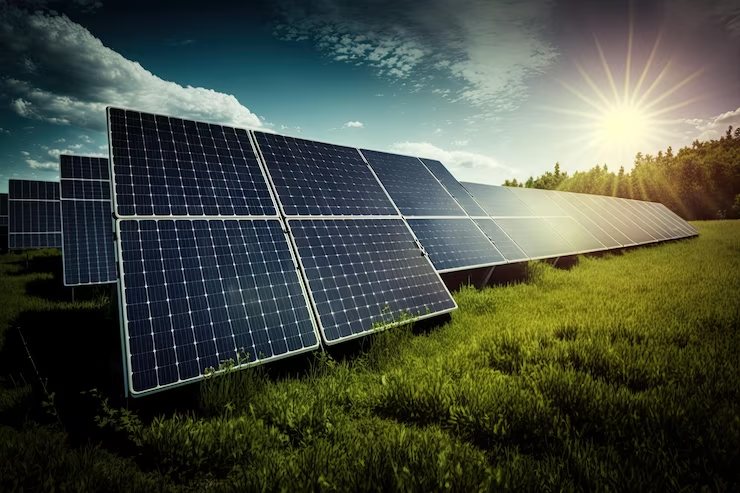In recent years, solar energy has emerged as a frontrunner in the global shift towards sustainable and renewable energy sources. Solar panels, the cornerstone of solar energy systems, have witnessed significant advancements in technology, efficiency, and affordability.
As the world grapples with the consequences of climate change and seeks cleaner alternatives to traditional fossil fuels, understanding the nuances of solar panel cost becomes crucial. In this comprehensive article, we delve into the various factors influencing the cost of solar panels, their trends over time, and the implications for individuals, businesses, and the environment.
Historical Perspective
The journey of solar panels from being prohibitively expensive to increasingly affordable has been remarkable. In the early days of solar technology, the cost per watt was exorbitant, hindering widespread adoption. However, with substantial investments in research and development, economies of scale, and government incentives, the cost of solar panels has seen a dramatic reduction. The plummeting costs can be attributed to improvements in manufacturing processes, increased competition, and the growing global demand for renewable energy.
Key Cost Components
To understand the dynamics of solar panel costs, it’s essential to break down the key components contributing to their overall price.
- Manufacturing Costs: Advances in manufacturing technologies have led to more efficient production processes, resulting in lower manufacturing costs for solar panels. Improved automation, economies of scale, and increased competition among manufacturers contribute to this downward trend.
- Material Costs: The materials used in solar panels, such as silicon, have also witnessed fluctuations in prices. Silicon, a primary component in most solar cells, has experienced price variations due to supply and demand dynamics, technological innovations, and trade policies.
- Installation Costs: While the cost of solar panels is a significant factor, installation expenses cannot be overlooked. Labor costs, permitting, and other associated costs can vary widely, influencing the overall cost of a solar energy system.
Technological Advances and Efficiency
Technological advancements in solar panel design and manufacturing have played a pivotal role in driving down costs. Improvements in the efficiency of solar cells allow for greater energy production per square meter of panel. This increased efficiency not only enhances the return on investment for solar installations but also reduces the number of panels required for a given energy output.
Government Incentives and Subsidies
Government incentives and subsidies have been instrumental in promoting the adoption of solar energy. Many countries offer tax credits, rebates, and other financial incentives to individuals and businesses investing in solar installations.
Economies of Scale
As the solar industry has expanded globally, economies of scale have come into play. Larger-scale production authorizes manufacturers to spread fixed costs over a greater number of units, leading to a reduction in the cost per unit. This phenomenon has been a driving force behind the decreasing cost of solar panels in recent years.
Future Trends and Projections
Looking ahead, experts anticipate that the cost of solar panels will continue to decrease, albeit at a slower rate compared to previous years. Ongoing research and development efforts aim to push the efficiency of solar cells even further, while innovations in materials and manufacturing processes may contribute to additional cost reductions.
Environmental Impact
While the economic considerations of solar panel costs are significant, the environmental impact cannot be overstated. The transition to solar energy is a crucial step in mitigating climate change and reducing dependence on fossil fuels. As solar technology becomes more accessible due to decreasing costs, the environmental benefits of widespread adoption become increasingly tangible.
Conclusion
In conclusion, the cost of Bluebird solar panels has undergone a remarkable transformation, making clean and sustainable energy more accessible than ever before. The synergy of technological advancements, economies of scale, and supportive government policies has propelled the solar industry forward.
As we look to the future, the continued reduction in solar panel costs holds promise for a more sustainable and environmentally conscious energy landscape. With increasing affordability and a growing emphasis on renewable energy, solar panels are poised to play a pivotal role in shaping the future of global energy consumption.
Additional:
- Asus ROG Strix G15 Advantage Edition
- Xbox Refund: How To Refund A Game On Xbox?
- How To Connect Xbox Controller To iPhone?
- Google’s Duet AI To Snapchat Dreams


